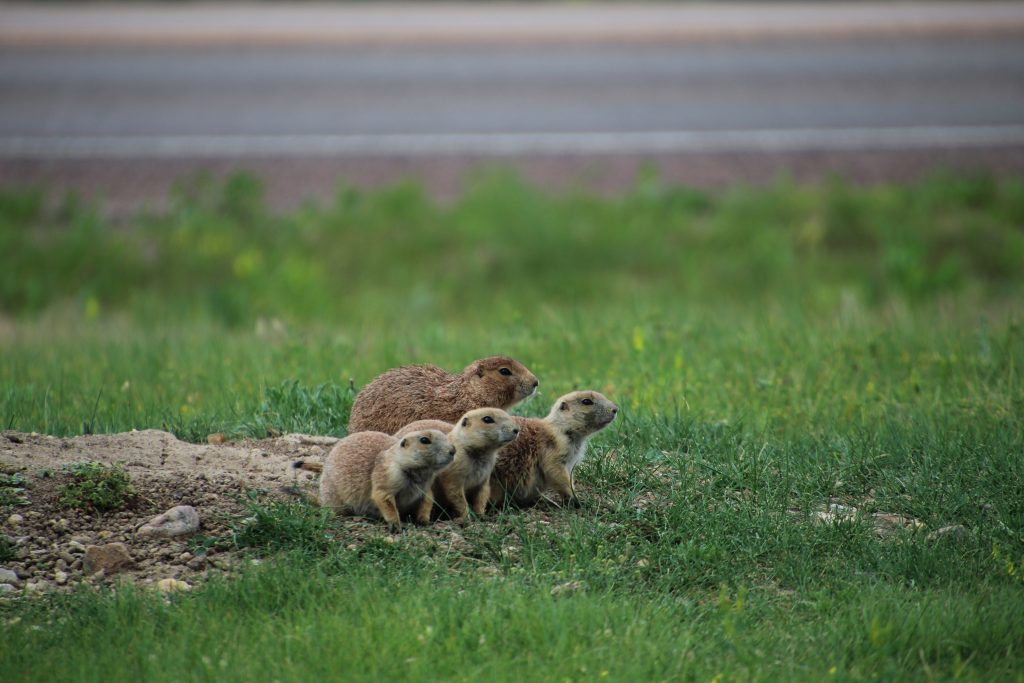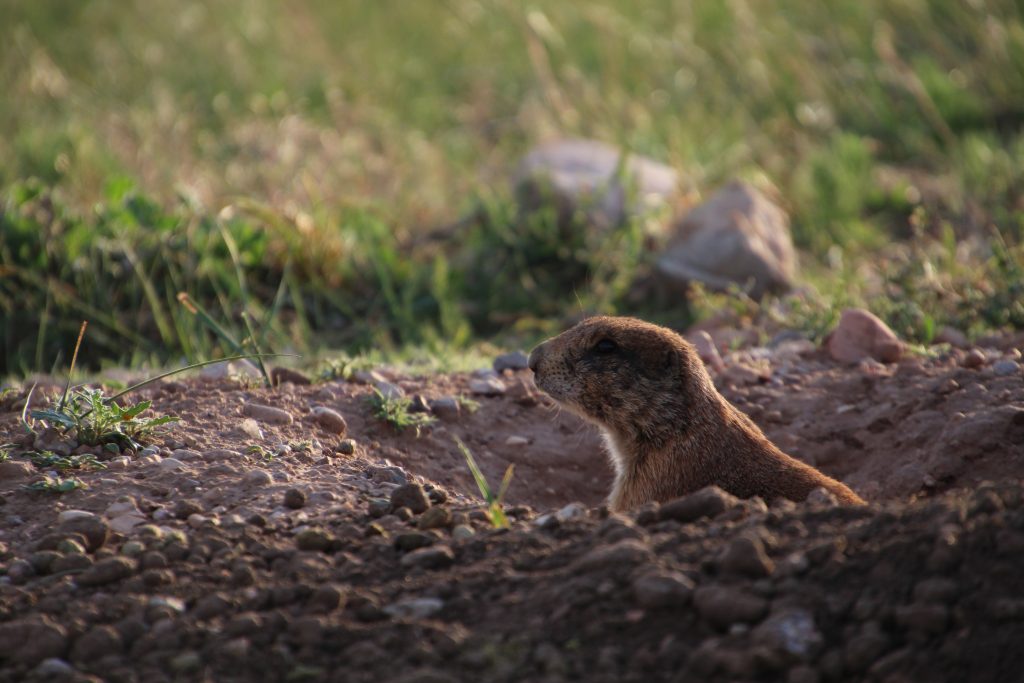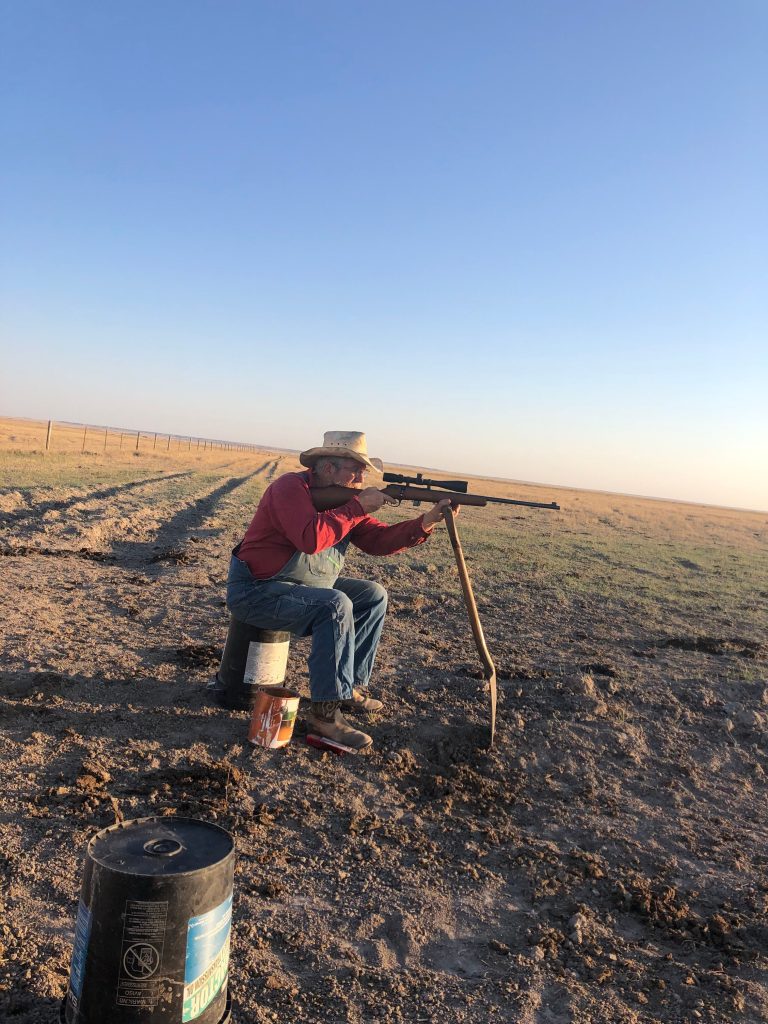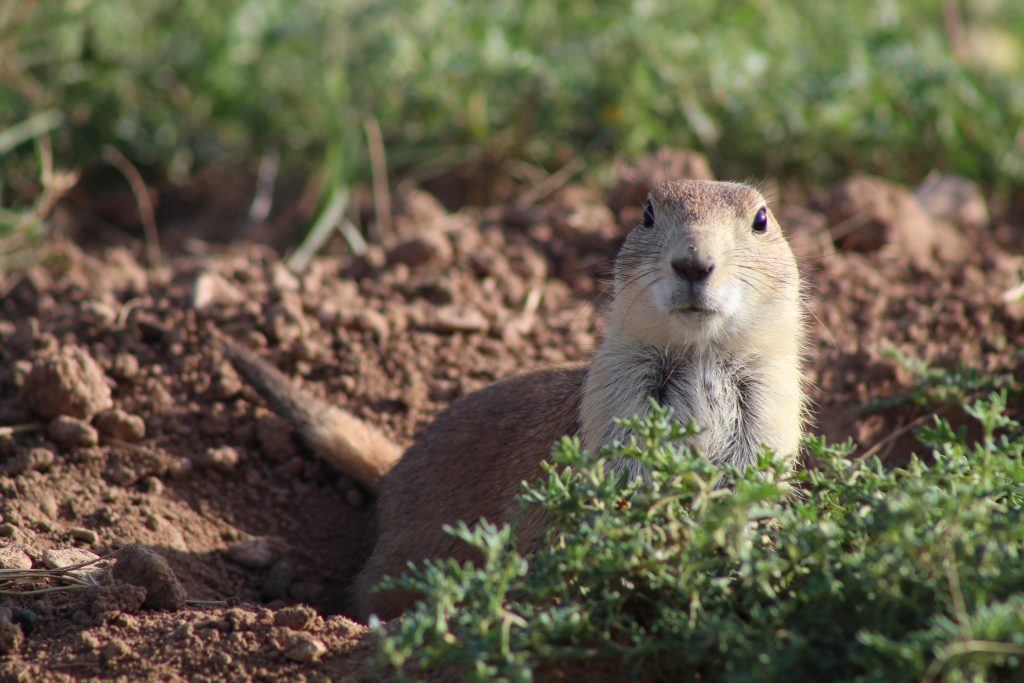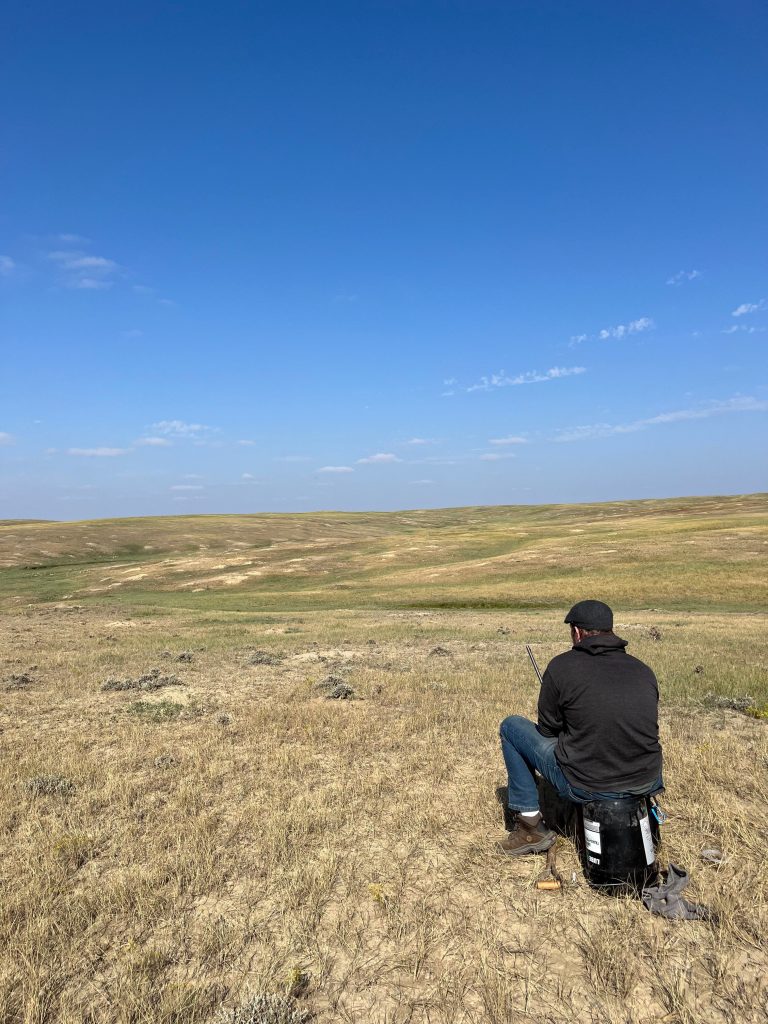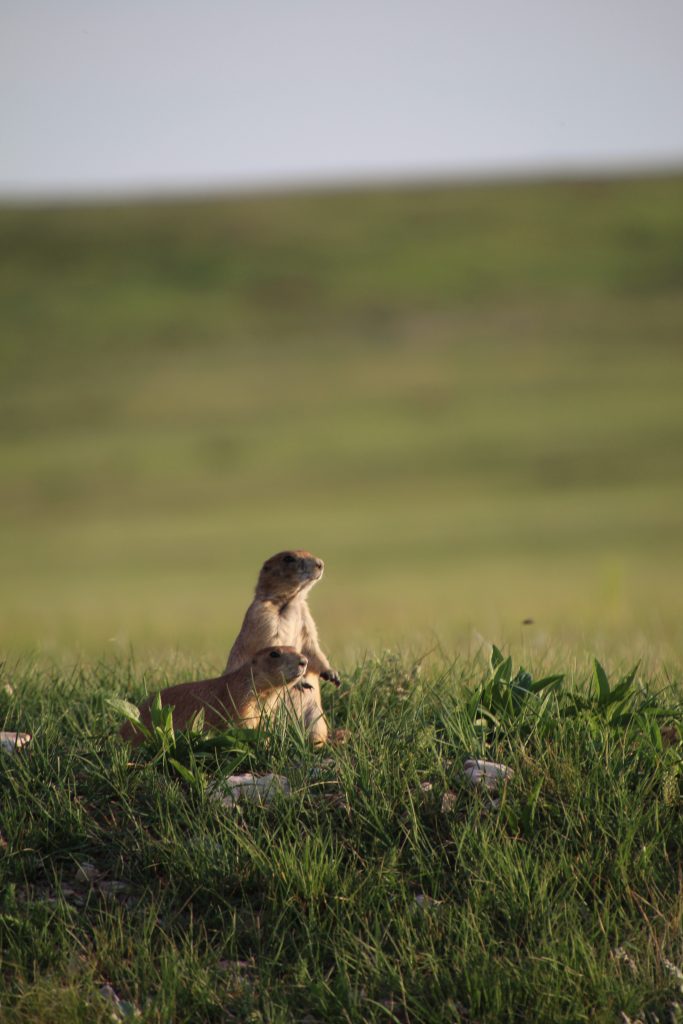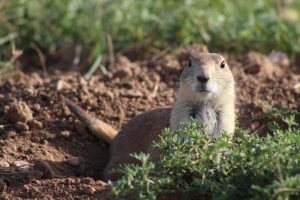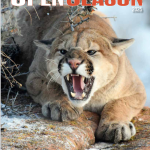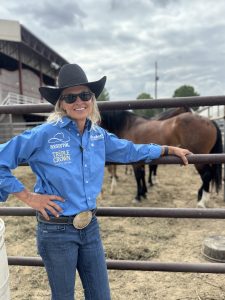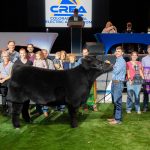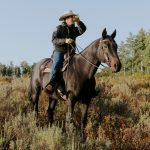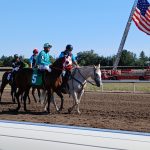Open Season 2025 | Sharp Shooters and Small Targets
Prairie dogs: ranchers hate them, rattlesnakes love them. For centuries, farmers and ranchers of the Great Plains have been waging war on these tenacious rodents. Prairie dogs (Cynomys ludovicianus and Cynomys leucurus) are small, tan rodents native to the Great Plains. They can grow over a foot in length and weigh between one and three pounds. These social rodents live in extensive underground community burrows known as “towns”. These towns can hold multiple prairie dog families (called coteries) and can range in size from as small as an acre to the largest recorded colony, which spanned 25,000 square miles. On average, prairie dog towns span several hundred acres. They’re clearly identifiable by the raised mounds marking the burrow entrances and the short vegetation the prairie dogs keep grazed down in the area surrounding the town. These robust rodent communities can cause a myriad of issues for rural landowners. According to Oklahoma State University, prairie dogs consume many of the same plants preferred by livestock species, and their mounds can reduce the overall production of an area. This is especially true in dry years or areas of low productivity. The sprawling tunnel systems can sometimes collapse, leaving gaping caves where livestock have been known to fall down and become trapped. The holes the prairie dogs enter and exit from have resulted in countless broken legs in larger animals. The towns themselves serve as an all-you-can-eat buffet, attracting predators like rattlesnakes, coyotes, badgers, and bobcats that livestock need defending from. Overall, prairie dogs can make livestock and land management difficult for rural landowners.
Fortunately, there are a lot of options available when it comes to controlling their numbers. Landowners can choose from a wide range of lethal and non-lethal methods. Non-lethal controls can include things like trapping and relocation, exclusionary fencing, deferred grazing, chemosterilants, and habitat modification. Lethal controls may include poisoning, trapping, and hunting. Prairie dog hunts are a tradition and popular recreational activity for many.
Chance Nutter is one such enthusiast. He performs prairie dog control for many Nebraska landowners year-round. Nutter said most landowners are more than happy to allow him to hunt on their land since it’s a beneficial exchange for both parties.
“Most people are more than generous about it and just say to get after them,” he said, but added that being a conscientious hunter is important. That means being considerate of the landowners and the livestock, as well as keeping the prairie dogs’ habits in mind to ensure a successful hunt.
Nutter said he hunts several dozen times a year, most often in the spring and fall. “It depends on our time,” he said. “This spring, we probably hunted eight or ten times. After you hunt for a day or two, they tend to get pretty wise, and you have to give them a break.”
Typically, he averages around a hundred prairie dogs per hunt. In towns that haven’t been hunted regularly, though, he can take several hundred in a hunt. Aside from the enjoyment of engaging in the sport, Nutter believes there are a lot of benefits to hunting prairie dogs. “You’re being a conservationist in a sense because you’re trying to take care of the land. That’s a lot of what it boils down to, because they just destroy a pasture.”
Rancher Seth Murdock agrees. Like most ranchers in the Midwest, he’s been engaged in a battle of the burrows for years. He’s found that prairie dogs tear up the grass on his land and ruin it for cattle grazing. Murdock typically relies on poison as his preferred method of control. For the past few years, he’s relied on a state specialist to handle the job. The drawback of this, though, is that he’s only allowed to poison the prairie dogs in the fall. Because of this, Murdock also has hunters like Nutter lend a hand in dealing with them since they can work year-round. These prairie dogs are a serious pest in the Nebraska Sandhills, and he supports the use of as many tools in the rancher’s arsenal to address them as it takes.
“As far as my opinion goes, I would like them gone, whether by hunting or by poison, trapping, relocation, etc.,” he said.
Most rural landowners can agree that these little rodents can do a lot of damage to an operation. Whether that damage is range degradation, injuries and disease amongst livestock, or the related arrival of predators detrimental to both parties, they can cause producers serious harm in the long run.
Prairie dogs have their place on the plains, but regular management of this species is key to ensuring both ecosystem health and business productivity. While hunting is a popular choice and enjoyed by many, there are plenty of other methods available. It’s easy for ranchers to create a management plan tailored to their operation from the variety of options for both lethal and non-lethal control. With the proper controls in place, ranchers can increase the vegetative production of their land, reduce human and livestock injuries, and prevent disease spread.
